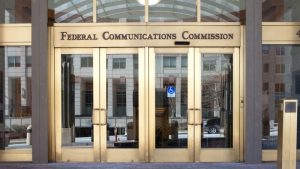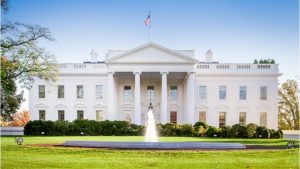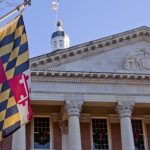The Senate Committee on Commerce, Science, and Transportation signed off on three broadband bills during a Nov. 18 business meeting.
The Federal Communications Commission (FCC) needs to gather additional data on how its program that helps ensure universal access to broadband service in rural, remote, and other areas of the country is working, and data to help drive decisions on effective use of available funds, a Government Accountability Office (GAO) report said.
Federal and local government officials are licking their chops over a wide variety of new services – and improvements on existing ones – that 5G wireless infrastructure and services will allow them to bring to citizens, but also cautioned that a lot of work remains to be done on the to get to those goals.
The Federal Communications Commission on Oct. 27 voted to approve action to “reduce regulatory barriers to 5G deployment by further streamlining the state and local government review process for modifications to existing wireless infrastructure that involve excavation and deployment beyond existing site boundaries.”
In the September 2020 President’s Management Agenda (PMA) updates, two Federal agencies focused on rural broadband expansion reported they are meeting key milestones.
FirstNet Authority Board Chair Tip Osterthaler selected Richard Carrizzo to lead as vice chair of the board effective yesterday.
Jennings County School Corporation (JCSC), Ind., and the Indiana Public Broadcasting Stations (IPBS) are partnering to expand distance learning to 1,200 students who have little or no access to reliable broadband.
Fifteen Democratic Senators penned a letter to the Federal Communications Commission (FCC) on August 20, pushing Chairman Ajit Pai to increase funding for and improve transparency about rural healthcare operations.
Secretary of Commerce Wilbur Ross announced today that he has appointed Tip Osterthaler as chair of the FirstNet Authority Board.
President Donald Trump signed an executive order August 3 to make COVID-19 era changes to telehealth – such as telehealth coverage in Medicare programs and investments in telecommunications infrastructure – permanent after the pandemic ends.











